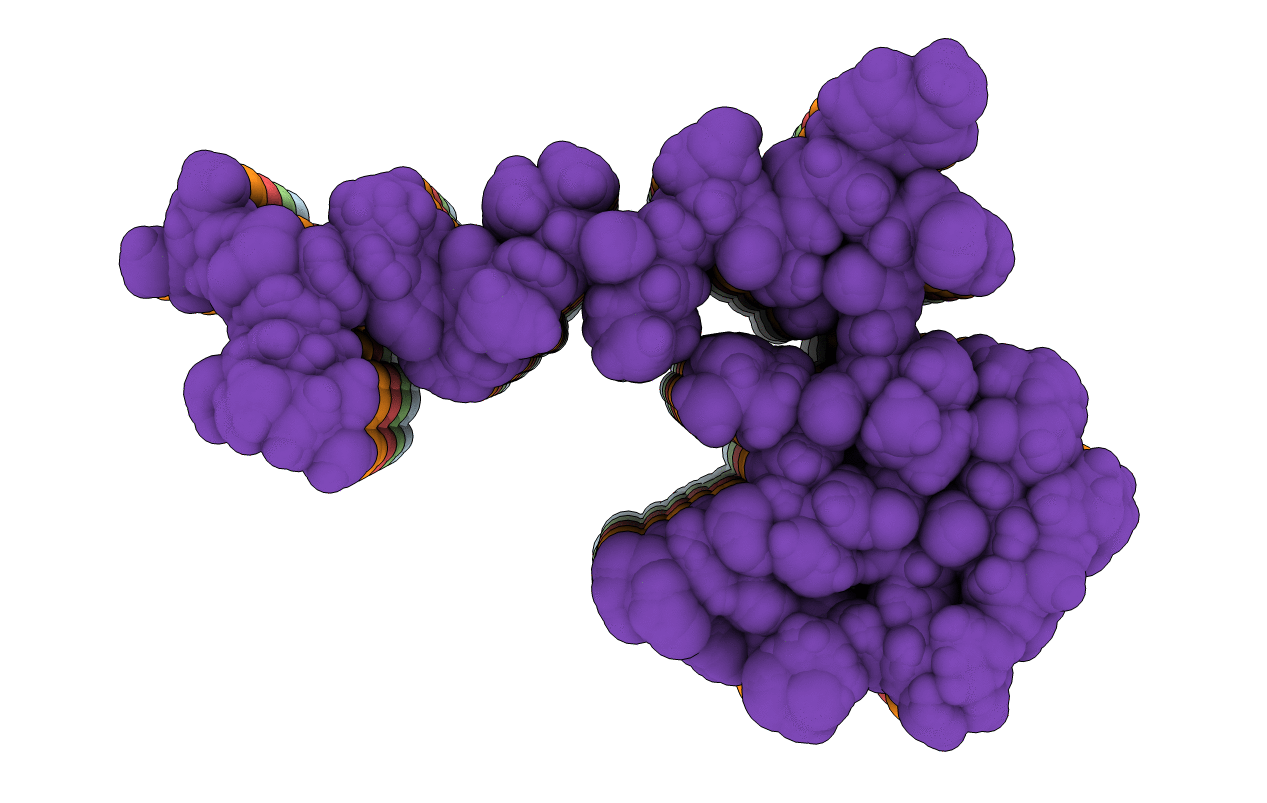
Deposition Date
2019-03-26
Release Date
2020-10-28
Last Version Date
2024-05-15
Entry Detail
PDB ID:
6JPD
Keywords:
Title:
Mouse receptor-interacting protein kinase 3 (RIP3) amyloid structure by solid-state NMR
Biological Source:
Source Organism:
Mus musculus (Taxon ID: 10090)
Host Organism:
Method Details:
Experimental Method:
Conformers Calculated:
200
Conformers Submitted:
10
Selection Criteria:
structures with the lowest energy


